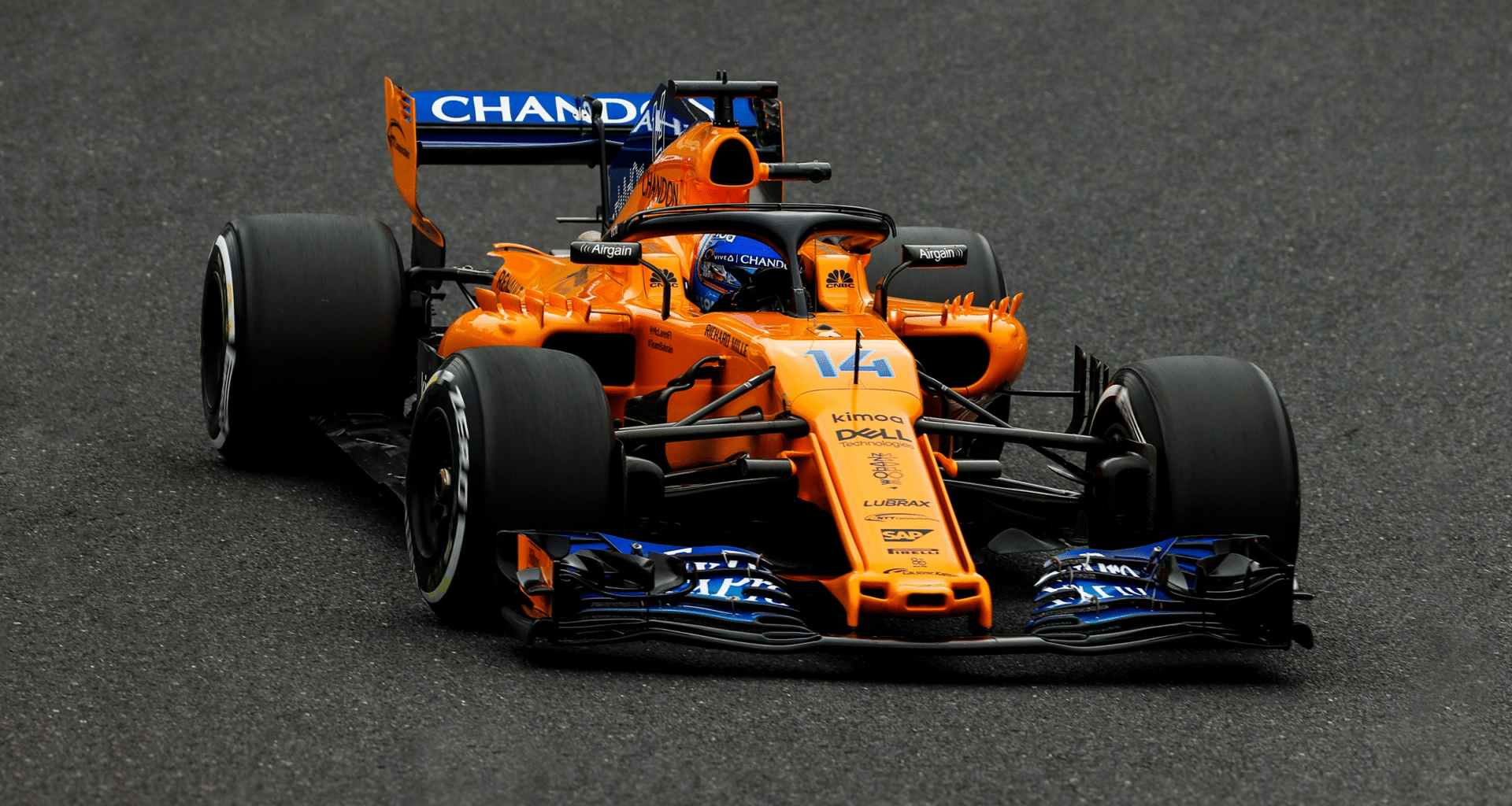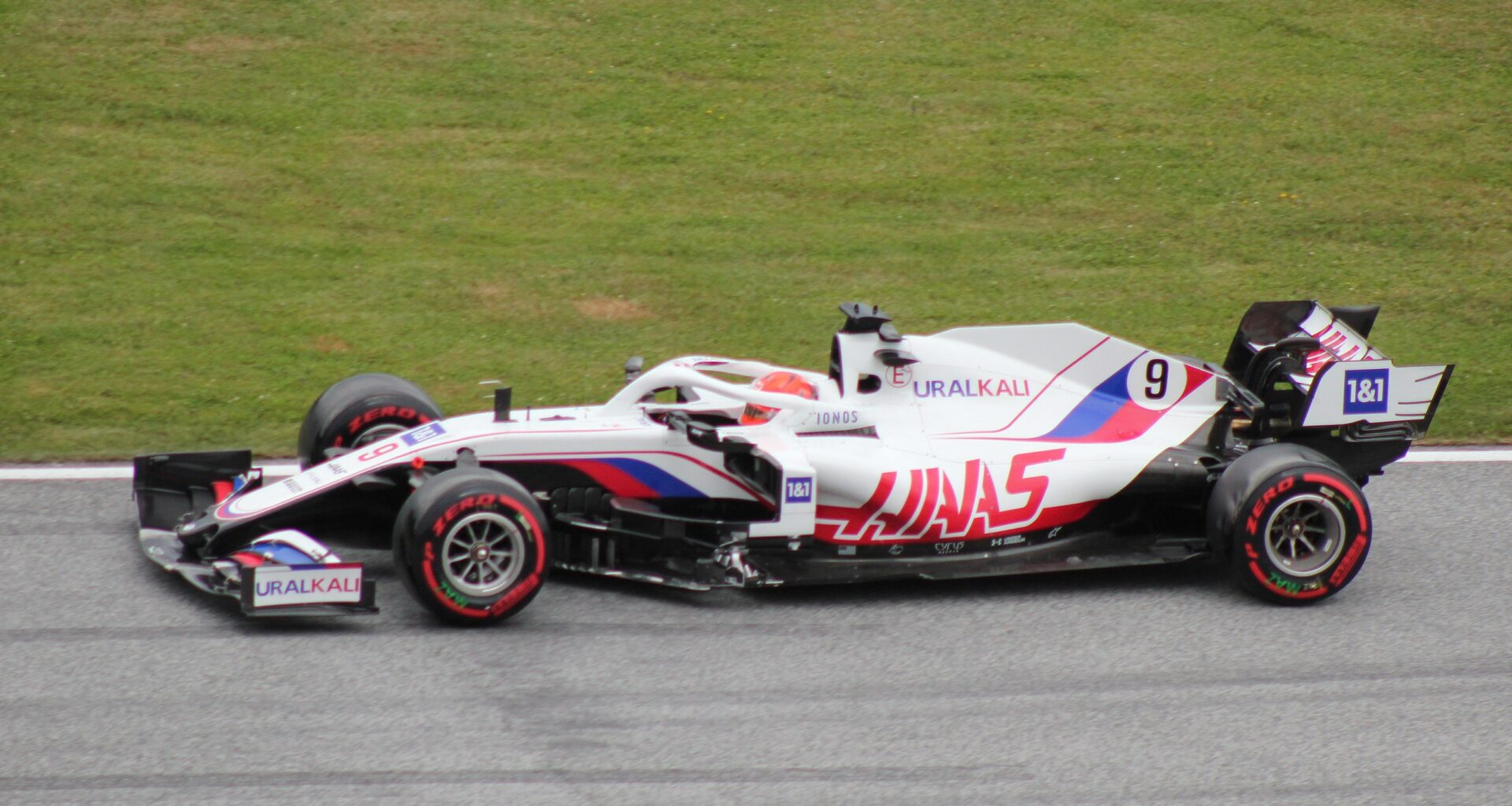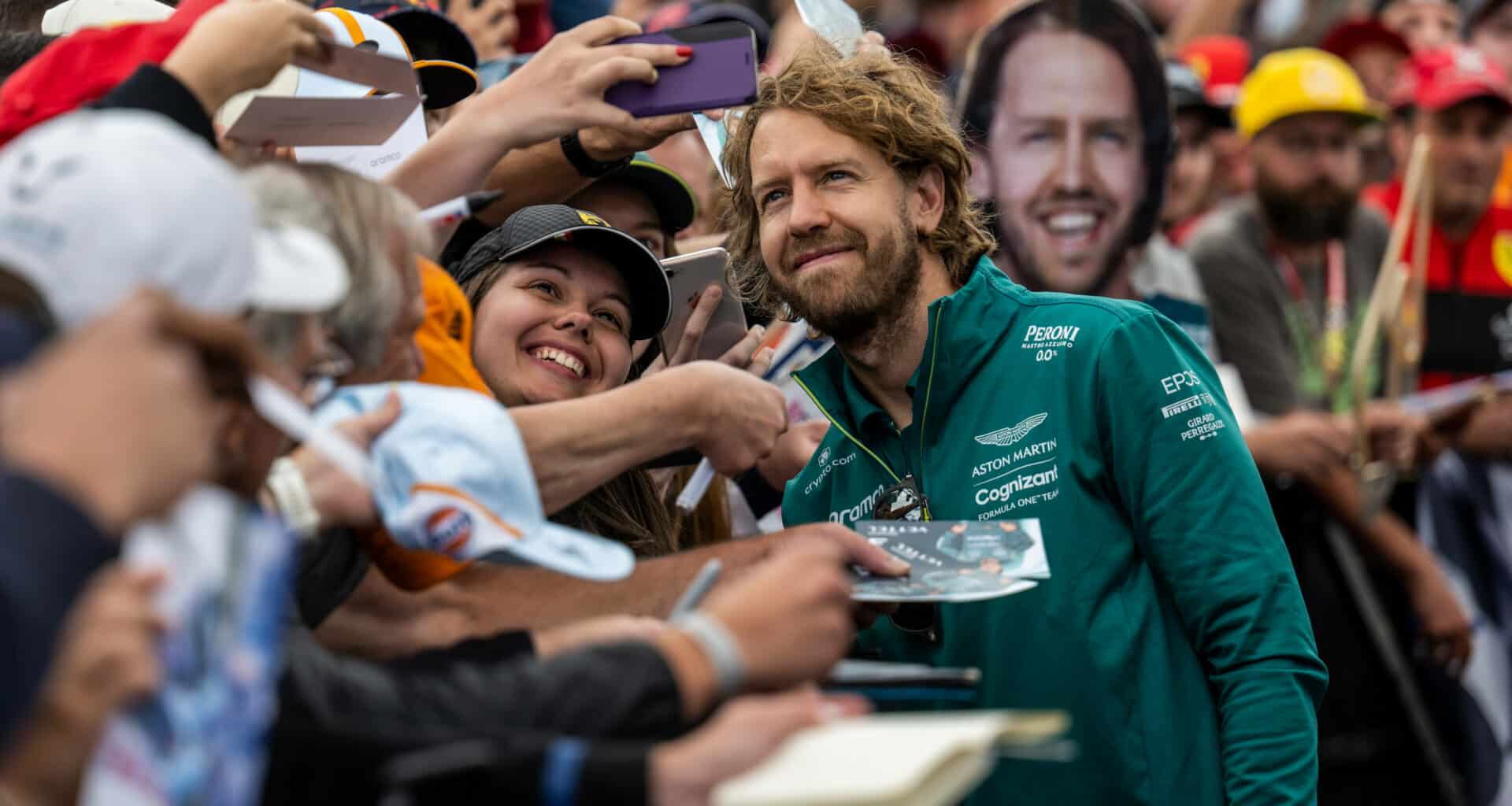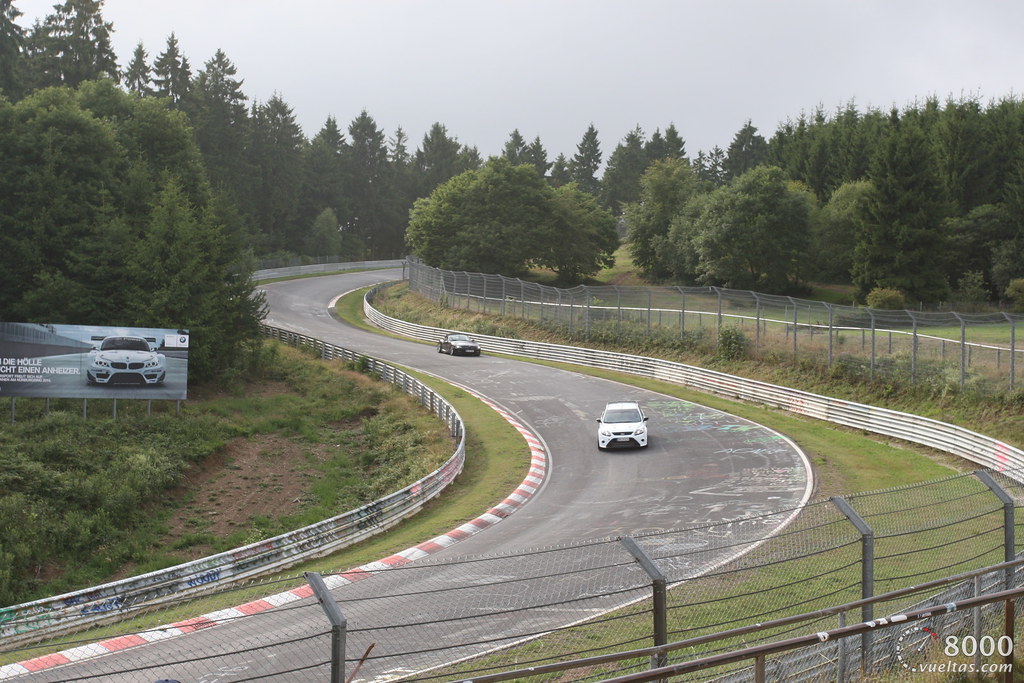The necessity for enhanced safety measures to safeguard drivers, marshals, and recovery teams during accidents and incidents on the track served as the primary impetus for the development of the VSC.
Because drivers had an incentive to stay competitive and maintain as close to full speed as possible, which could result in danger, the existing yellow and double yellow flags were ineffective at regulating drivers’ pace.
A solution that keeps safety high while retaining the spirit of the event is the VSC.
Table of Contents
How the VSC Works: A Step-by-Step Breakdown
- The VSC is initiated by the race control as an intermediate safety measure in cases of minor accidents and debris on the track that do not necessitate a full safety car.
- The electronic marshal panels around the track will display ‘VSC’ to notify the drivers of the change in conditions.
- All competing cars must reduce their speed and stay above the minimum time set by the FIA Electronic Control Unit (ECU) at least once in each marshalling sector.
- Overtaking is not allowed during the VSC period unless under specific circumstances such as entering or exiting the pits or passing a car with an obvious problem.
- The VSC period is ended by the race control, turning the ‘VSC’ panels to green, allowing drivers to resume racing immediately.
The Impact of the VSC on F1 Races and Strategy
The F1 races and strategy have been significantly impacted by the advent of the VSC.
Drivers must modify their driving techniques during a VSC period in order to maintain the minimum time allotted for each sector. This can have an impact on race strategy, particularly with regard to tire management and fuel usage.
It can also affect the timing of pit stops because teams may decide to pit their cars during a VSC period in an effort to lose as little time as possible to rivals.
As the length of the VSC periods can change based on the seriousness of the event on the track, drivers and teams must also become used to the unpredictability of them.
VSC vs. Traditional Safety Car: Key Differences and Benefits
Comparing the VSC to the conventional safety car reveals a number of distinctions and advantages.
Due to the VSC’s lack of a physical safety car joining the circuit, problems on the track can be handled more quickly.
This may lead to shorter safety periods, causing the least amount of interference with the race.
Furthermore, unlike the traditional safety car, where drivers might congregate and perhaps collide with one another, the VSC maintains a continuous space between cars based on predetermined lap times.
These distinctions produce a more controlled and safe atmosphere during incidents without sacrificing the race’s competitiveness.
Controversies and Criticisms of the VSC System
The VSC system has not been without controversy and criticism, despite its advantages.
Some drivers have expressed worries about finding it challenging to pay attention to the delta time displayed on their dashboards, which could cause distractions and impair their performance.
Others contend that some teams and drivers may unfairly benefit from the VSC’s unpredictable duration.
Additionally, some racegoers contend that the VSC lessens the enjoyment of the race because it serves as a “soft” safety car and discourages daring overtakes and aggressive driving.

The Future of the VSC and Potential Improvements
The VSC system is anticipated to undergo adjustments and upgrades as Formula 1 develops based on input from drivers, teams, and fans.
The FIA is constantly looking for methods to improve safety without sacrificing the spirit of competition and the fun of the sport.
Clearer dashboard messages, fine-tuning the length and conditions of VSC intervals, and better communication between race control and drivers are all potential enhancements.
Ultimately, the VSC represents an opportunity to reach a balance between safety and excitement, shaping the future of this thrilling motorsport.




